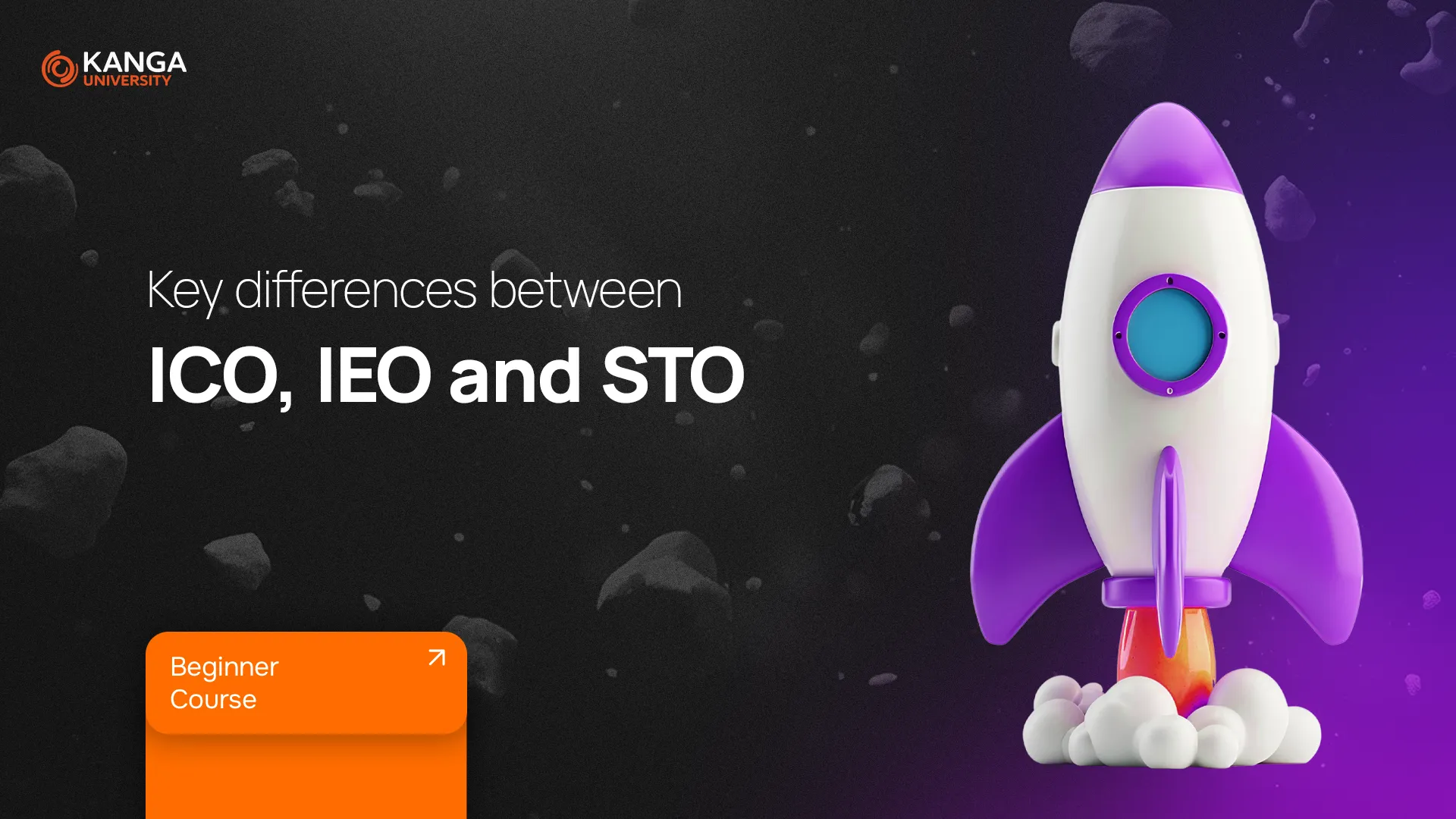
Welcome! Today we’re exploring three popular methods that blockchain projects use to raise funds: Initial Coin Offering (ICO), Initial Exchange Offering (IEO), and Security Token Offering (STO). Whether you’re completely new to the world of cryptocurrencies or just looking to understand these concepts better, this lesson will break down each method in a clear, engaging, and professional manner.
What is an ICO?
An ICO is a form of crowdfunding where a blockchain project sells its new tokens to investors in exchange for funding. This method became particularly popular in 2017. The main goal of an ICO is to gather funds, build a community, and strengthen the project.
In an ICO, there are typically three types of tokens:
-
Utility Tokens:
These tokens provide access to a product, service, or platform offered by the project. Since they’re not primarily designed as an investment, they usually don’t face strict regulatory oversight in countries where ICOs are allowed. -
Tokenized Shares:
These represent an ownership stake in the project or company. Essentially, they are digital shares that give holders rights over the project. However, this type of token is subject to regulation by entities like the SEC. -
Asset-Backed Tokens:
These tokens are tied to physical assets or commodities, such as gold or oil. They are less common, mainly because their value is usually limited to that of the underlying asset.
Advantages of ICOs:
- Easy to launch with a whitepaper, website, and a dedicated team.
- Low startup costs make it ideal for early-stage projects.
- With a well-thought-out strategy, raising funds is straightforward.
- Often provides high liquidity early on.
- Project founders retain full control over the raised funds.
Disadvantages of ICOs:
- High risk of scams and fraudulent activities.
- May not be a sound long-term investment strategy.
- Often operates in a regulatory grey area.
What is an IEO?
An IEO is a fundraising method conducted directly on a cryptocurrency exchange. In this model, the project sells its new tokens through a trusted exchange, which acts as an intermediary to ensure security. Investors participate via the exchange rather than directly from the project.
Advantages of IEOs:
- Increased security, as transactions occur on a verified platform.
- Faster process, with funds transferred directly, allowing nearly immediate token trading.
- Enhanced credibility, since the exchange’s involvement builds investor trust.
Disadvantages of IEOs:
- Higher costs due to platform fees and rigorous verification processes.
- Generally lower liquidity compared to ICOs.
- More complex setup and regulatory requirements.
What is an STO?
STO, or Security Token Offering, is often compared to a digital IPO. In an STO, tokens represent an ownership stake in an asset, such as a share in a company or a real-world asset like property. STOs are highly regulated, which offers greater investor protection but also makes the process more complex.
Advantages of STOs:
- Considered a secure and trustworthy investment tool.
- Ideal for long-term investments.
- Transparency is enhanced since all token ownership details are recorded on the blockchain.
Disadvantages of STOs:
- The process is complicated due to strict regulatory requirements.
- Typically, lower liquidity compared to ICOs.
- Access may be limited to institutional investors and accredited individuals due to regulatory constraints.
Commonalities and Key Requirements
Despite their differences, ICOs, IEOs, and STOs share several common features:
-
Preparation is Crucial:
Every project must prepare a comprehensive whitepaper, develop a solid marketing strategy, and build a dedicated community before launching a fundraising campaign. -
Clear Funding Goals:
Projects need to define specific funding targets and token prices, ensuring that the amount raised aligns with their development plans. -
Expert Guidance:
Consulting with qualified advisors and legal experts is essential to navigate regulatory challenges and optimize the fundraising strategy.
Summary
ICOs, IEOs, and STOs are three distinct methods that cryptocurrency projects use to raise funds.
- ICOs offer a straightforward, low-cost way to raise capital but come with a high risk of fraud.
- IEOs provide greater security and credibility by leveraging established exchanges, though they incur higher costs and complexity.
- STOs combine traditional investment practices with blockchain technology, offering high security and transparency but requiring strict regulatory compliance.
The choice of method depends on a project’s goals, available resources, and risk tolerance.